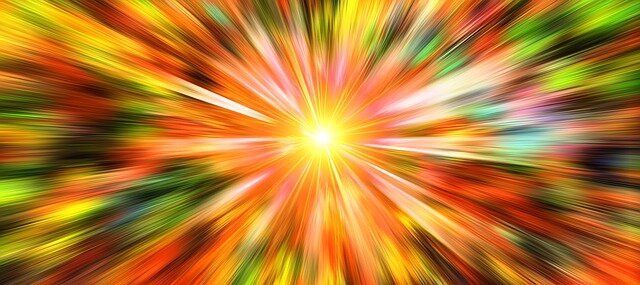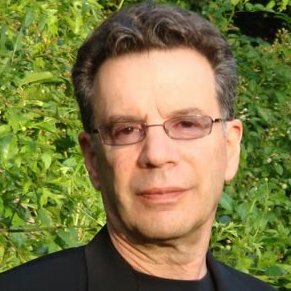From the unknown, let’s call it the eternal, a place outside of time and space, comes ignition and a monstrous flash of energy. This creative power unleashes the universe and births the stars. The Big Bang made its appearance some 14 billion years ago, followed by the Earth at 4.5 billion years. Single-cell microorganisms clock in a billion years later.
In the 1920s the Big Bang’s lines of energy reached the well-ordered mind of Belgian priest George Lemaitre, who had been studying the universe’s creation, incorporating Einstein’s general theory of relativity, and unearthing that flashy moment of creation when an itsy-bitsy particle ignited our ever-expanding universe.
Battling some dissenters, atheist Stephen Hawking agreed that the Jesuit priest was the Father of the Big Bang theory. Hawking also believed that if the Big Bang had come out of the chute a tad slow, or too fast, life would never have developed. Perhaps only in Western Civilization would a priest and a confirmed atheist have strong points of agreement, both affected by the energy traces of the Big Bang, and both departing the world, not as the punchline of a joke, but with plenty of grace.
Stephen Hawking, whose very body was a planet in chaos, housed a brilliant mind that tackled the cosmology of black holes and the Big Bang, earning him a seat as a lifetime member of the Pontifical Academy of Sciences, established in Rome in 1602 with the purpose of allowing science the maximum freedom for research and discovery. George Lemaitre, also a member of the Academy and president in the 1960s, had the good fortune of having his theory corroborated before his death, when two astronomers discovered cosmic background radiation, leftovers of the Big Bang.
Energy traces of the Big Bang can also be detected in both the Nelson Riddle and Don Costa arrangements of “Night and Day” with Frank Sinatra on the microphone. Riddle’s big sparkling band pumps away, informing us that the swing-energy of the universe is far from decline into disorder. Costa’s version takes the Cole Porter tune and slows it towards a lush, torch-filled place, haunting us with primal energy, a paean to the creation of Time itself and, timing, of course, is what Sinatra has in spades.
“Every lived experience,” says Jordan Peterson in his Twelve Rules For Life, “combines both chaos and order.” The songwriters of the great American Standards created traditional harmonies, 32 bars, and the AABA form which allowed for comedic passages, wild improvisation, dissonance, and occasionally, a relentless rhythm as in the buildup to the trombone solo in “I’ve Got You Under My Skin.”
Do yourself a favor and listen to Costa’s version of “Night and Day.” You’ll see that not only physicists, powerful telescopes, and genius-infused mathematical equations pinpoint the explosive creativity of the Big Bang, but music as well. That cosmic epiphany touched Lemaitre, Hawking, and Sinatra with its energy. A real blessing for us all.
#
In my American Blackout series I continually reference the emotional and spiritual energy radiating throughout Western Civilization. With stardust and Genesis deep in our bones, a number of characters take a good stab at defending our civilization, fighting to keep it viable until the lights come back on.
One of my favorites is Sister Marie of the Order of Saint Augustine. She possesses qualities of the great saint: fierce in her faith and wholly accepting of the majesty and limitations of our reason. Sister Marie’s common sense is unsurpassed as her young friend, Emily Cricket Hastings, is wont to admire and also ignore at her own peril.
***
Photo by geralt (Pixabay)



Comments
Leave a Reply